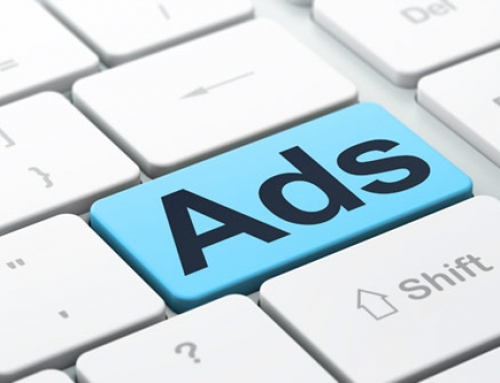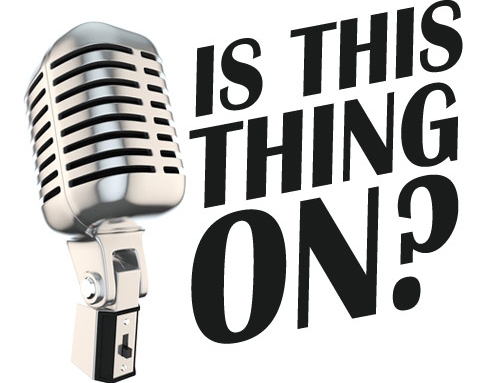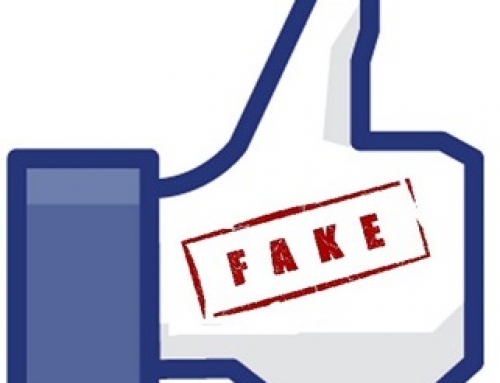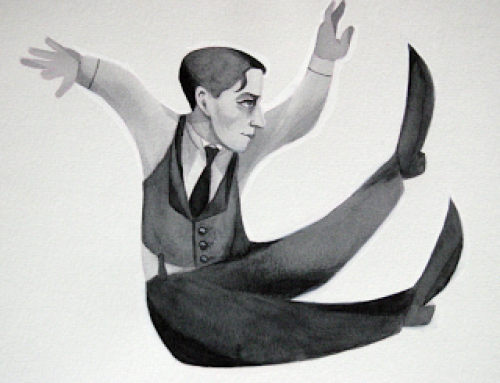And Never Forget, Marketers: You Have Irrational Economic Behaviors, Biases and Frameworks, Too.

If there’s one thing (from my side of the isle) that allows us to intertwine a discussion on behavioral economics, social dynamics, and group culture it’s been the Presidential Republican Primary process of 2011/2012. That at the time I’m writing this we still have weeks until the Iowa Caucus is astounding. How do we predict the unpredictable? And importantly: if you’re the one “doing” the marketing, how much of your own personal projects are sneaking their way into your campaign design and strategy?
I’m not an economist by trade, but for marketing and as a general interest I do study social behavior and consumer decision paradigms insofar as how we can persuade someone to purchase a particular product, service, or politician. As such I’ll reference more traditionally learned people in this article, but most of it is developed from my experience and opinions.
First, assuming that decisions people make are 100% rational is a terrible economics model. It’s also a terrible model for how voters vote, and how groups apply their loyalty to a brand or politician. You see this sometimes referred to as a “departure from rationality”, which when Newt Gingrich is ahead in the polls… well… too opinionated? 😉 From Richard H. Thaler and Sendhil Mullainathan, “Departures from rationality emerge both in judgments (beliefs) and in choices. The ways in which judgment diverges from rationality are extensive (see Kahneman et al. 1982). Some illustrative examples include overconfidence, optimism, and extrapolation.”
That last phrase applies very well to politics just as much as it does to niche brand loyalty by consumer groups. Individuals will often project their optimism or overconfidence within their own beliefs onto a person or product. They WANT that object or person to be what they see as an ideal. We’ve seen lately how such a departure from rationality within behavioral economics can be applied to the ongoing search for a leader of a political party. Try this one… nope… try that one… nope… let’s go back to this one… It’s human nature to dress our home, our cars, our spouses and children how we want them to appear and “Be”. We project the image onto the “thing” that we then want to positively reflect back onto ourselves… departure from rationality indeed.
Remember those “Members Only” jackets? That would be one of the most blatant examples of branding and self / group image folding in on themselves. In the same way some might try to project Tea Party values onto a candidate, or that having a certain car or shoes “makes the person”. But which is which? Does the product ACTUALLY make the person what they wish to project? Idealists would say no. Personally I say no, but within American society in particular it’s right: if I drive a Mercedes, people will immediately think I have money, power, and influence. For those of you who might have lived in Los Angeles, you’ve seen people living in shacks diving luxury cars just to portray that image, however, we all know that’s not the case. There’s a logical fallacy to the luxury item argument, but we also know that the desire to project will never stop – so in marketing and branding we take advantage of it.
Here’s the fun part though: in marketing and politics and management in general we also tend to project this overconfidence, optimism and need for “something grand” into the efforts to reach potential customers. As such… we mess it all up. We mess it up in one area in particular: Grand. Big. Impressive. The SUPERBOWL AD that will change our business forever! We want a lot of business, so we get stuck focussing on “the big” and often times forget about the small.
At a 2010 Ted talk, Rory Sutherland gave an amazing talk about this concept. As he puts it we DO need to “Sweat the Small Stuff: link to page on ted.com.
I spend an embarrassingly large amount of time on something that is actually very small: how to get someone who visits a web page to convert to a lead. And I STILL find myself projecting my optimism onto the potential customer and thusly make “big” decisions and completely forget about all the important, small, user interface and usability aspects of a page or strategy.
Marketers: you’re not marketing to yourself. We all know this in theory, but so often overlook how much we tend to put our own detachments from rationality into the design of marketing campaigns.
Behavioral economics, psychology, sociology, marketing theory, heat maps, user interactions… all these things teach us about other people… but they also teach us about “Us” as well. In general, if we ask Why more often in those moments when we acknowledge that we like or remember something, then we might find that we are surprised at least 30-40% of the time that’s it’s because of the little things rather than the overall message or image of the product or person.
Getting someone’s attention usually requires something big, but retention requires something much more special and unique; often times personal.
Turn the mirror on ourselves for awhile. Maybe that will help give us identify where we’re placing our own biases and projects – see if we can clean those out and instead replace them with processes and the small things that encourage interaction as well as retention.
Insofar as Behavioral Economics…. I set out to write about it in a general sense and irrationally ended up harping on how marketers too often tend to project their own desires into marketing campaigns… proved my point? It would at least seem to be so.








